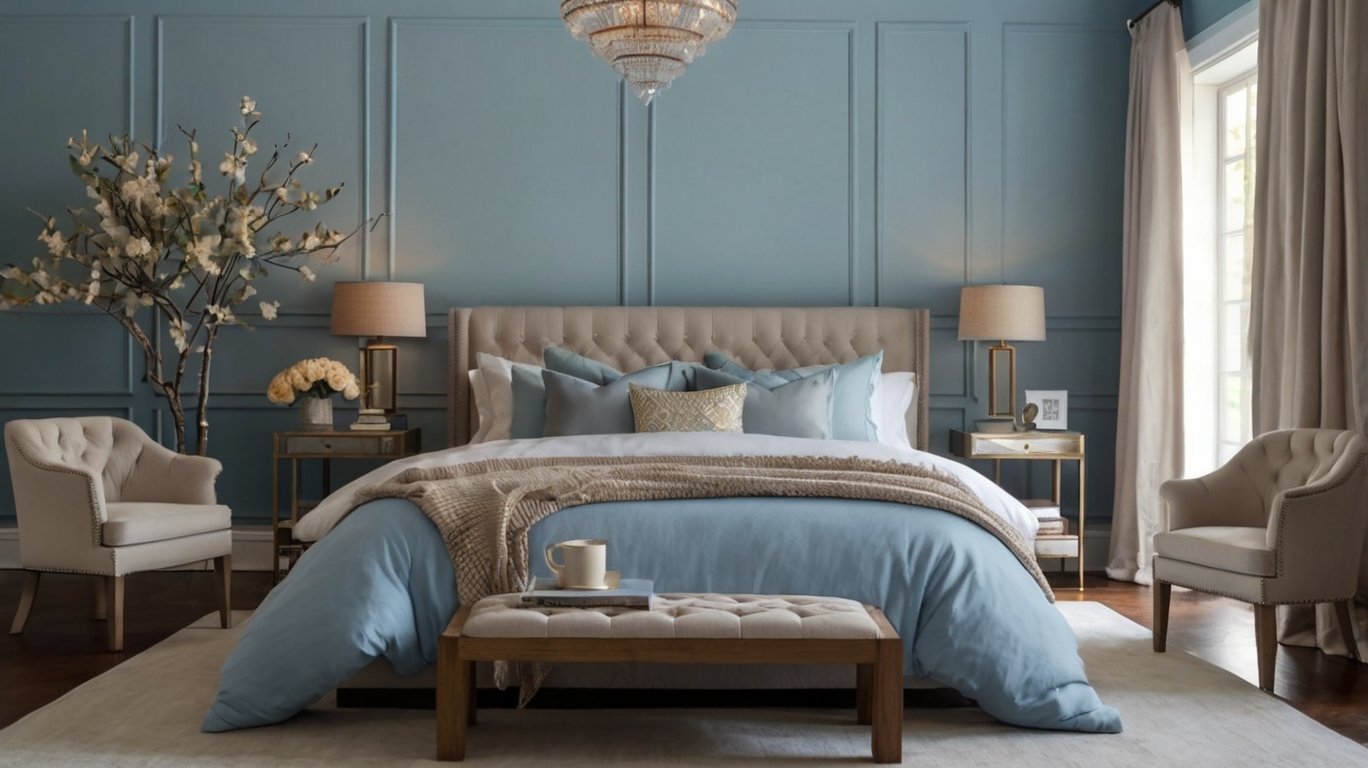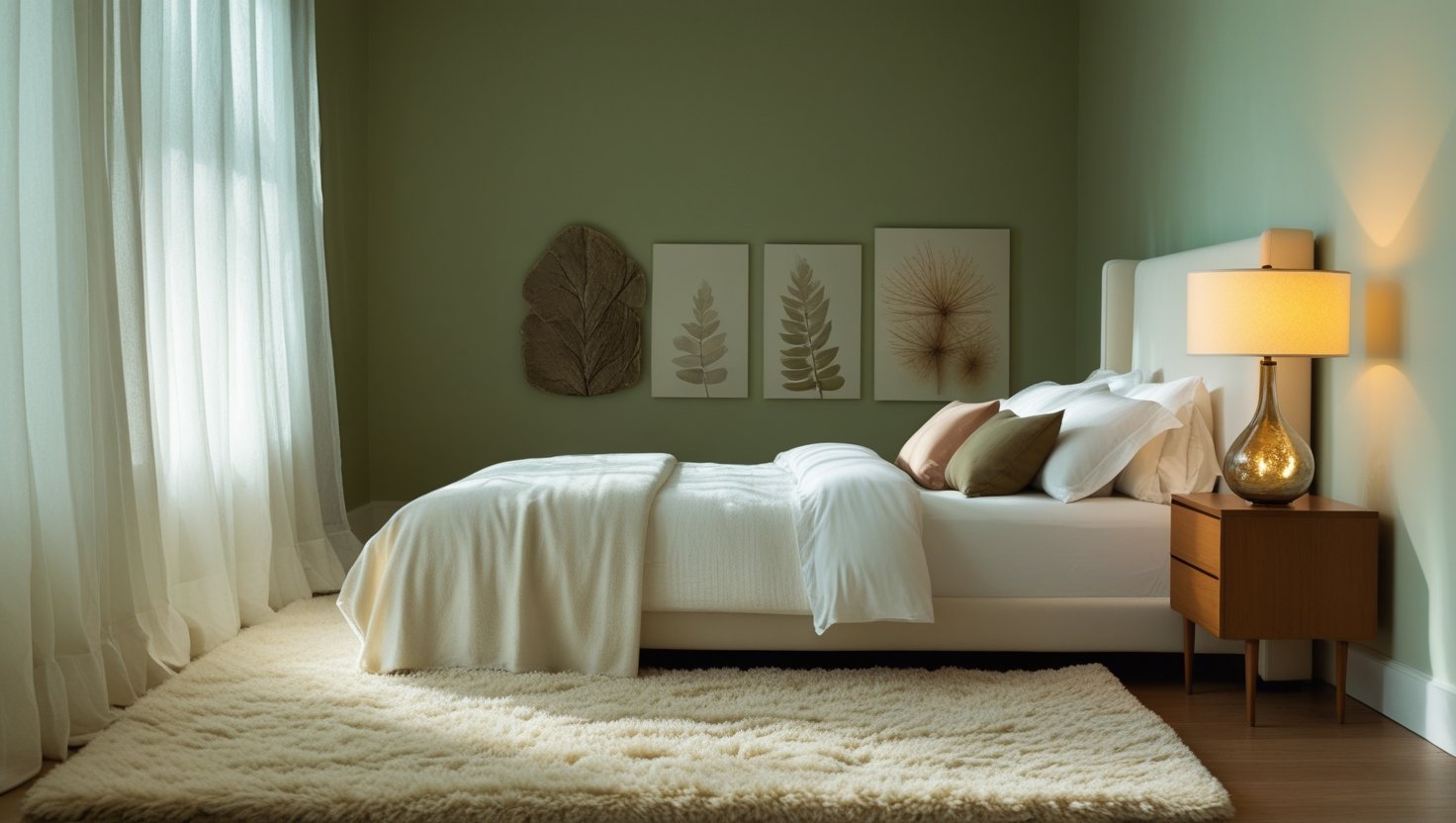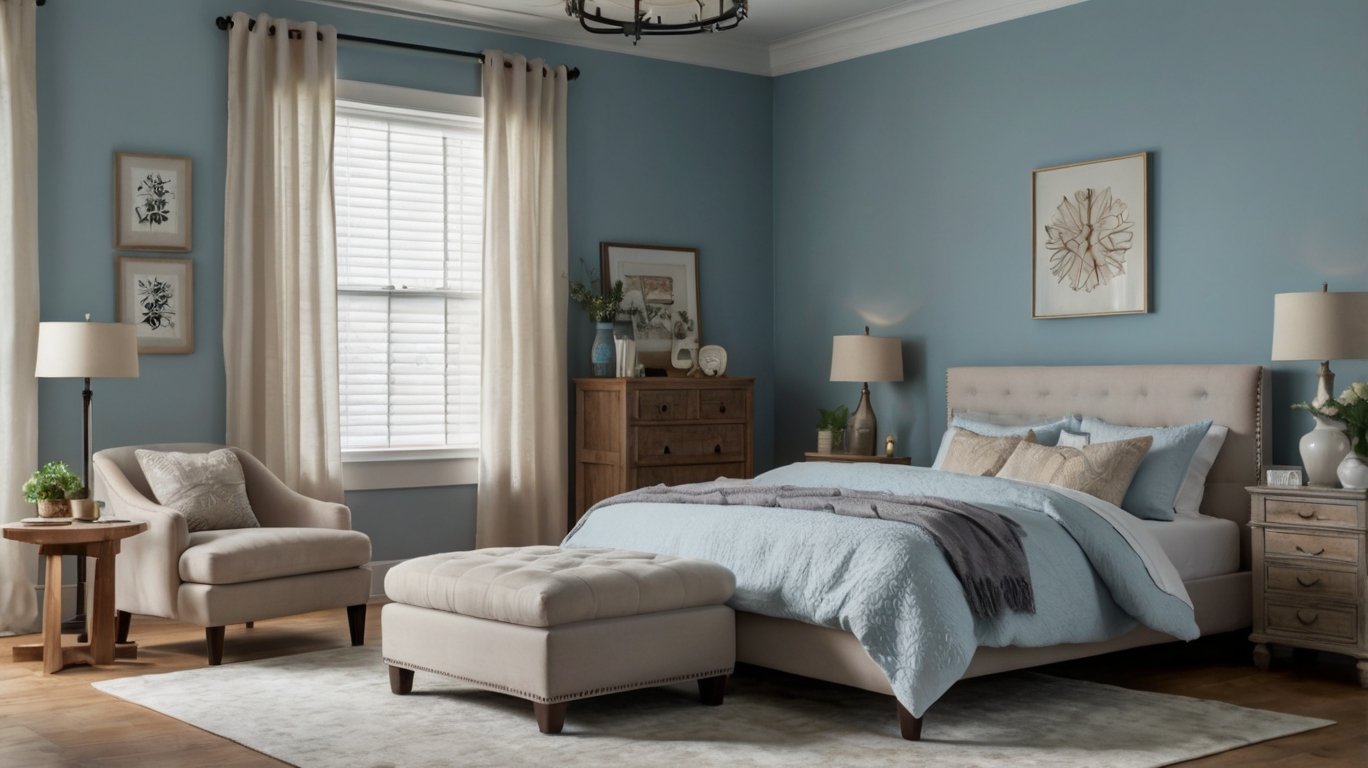Creating the perfect sleep sanctuary isn’t just about having a comfortable mattress—it’s about designing a comprehensive environment that signals your brain it’s time to rest. While many focus solely on bedtime routines, the physical space where you sleep plays an equally critical role in sleep quality. Let’s explore how strategic bedroom organization can revolutionize your sleep experience.
The Science Behind Sleep Environments
Research from sleep laboratories worldwide has consistently demonstrated that environmental factors directly impact sleep architecture—the natural progression through sleep cycles that leads to restorative rest. Studies published in the Journal of Sleep Research indicate that optimized sleep environments can reduce sleep latency (time to fall asleep) by up to 40% and increase deep sleep duration by 25%.
Our brains evolved to be highly sensitive to environmental cues, particularly at bedtime. Ancient survival mechanisms make us unconsciously scan our surroundings for safety signals before allowing ourselves to enter vulnerable sleep states. This evolutionary programming means that creating an ideal sleep environment isn’t just about comfort—it’s about working with your brain’s natural systems.
The Perfect Bedroom Blueprint

Light Management: Beyond Basic Darkness
While most people understand that darkness promotes sleep, few implement comprehensive light management strategies:
- Invest in blackout solutions: Beyond curtains, consider door sweeps to block hallway light and blackout films for windows where curtains are impractical.
- Address micro-lights: Use electrical tape to cover LED indicators on devices that must remain plugged in overnight.
- Implement transition lighting: Install amber-wavelength bulbs in hallways and bathrooms used during nighttime hours, as these wavelengths minimally disrupt melatonin production.
- Morning light strategy: Position your bed where natural morning light can help regulate your circadian rhythm—eastern exposure is ideal for most people.
Temperature Engineering
Body temperature regulation is fundamentally linked to sleep cycles. Your core temperature naturally drops approximately 2°F during deep sleep phases.
- Optimal bedroom temperature: Research indicates 65-68°F (18-20°C) maximizes sleep efficiency for most people.
- Layered bedding system: Use multiple thin layers rather than one thick comforter to allow for microadjustments throughout the night.
- Consider sleep climate technology: Cooling mattress pads or dual-zone bedding can accommodate different temperature preferences for couples.
- Strategic airflow design: Position fans or vents to create gentle air circulation without direct drafts on sleeping areas.
Sound Architecture
The acoustic profile of your bedroom significantly impacts sleep quality:
- Background sound strategy: Consider using pink noise rather than white noise—studies show it better mimics natural environmental sounds and promotes deeper sleep.
- Acoustic treatments: Soft furnishings like wall hangings, rugs, and upholstered headboards reduce sound reverberation and create a more soothing sonic environment.
- Structural solutions: Weather stripping on doors, acoustic caulk around windows, and door draft stoppers can significantly reduce noise infiltration from other parts of the home.
- Technology boundaries: Create a charging station outside the bedroom for notifications-enabled devices like smartphones and tablets.
Strategic Furniture Placement
Bedroom layout affects psychological comfort and energy flow:
- The command position: Position your bed so you can see the door without being directly in line with it, creating subconscious security.
- Symmetrical balance: When possible, create mirror-image arrangements on either side of the bed (matching nightstands, lamps, etc.) to promote psychological balance.
- Circulation pathways: Ensure at least 24 inches of clear space around three sides of the bed to allow energy flow and prevent a cramped feeling.
- Visual weight distribution: Balance visually heavy pieces (large dressers, armoires) with the bed to create harmony.

Color Psychology for Sleep
Color impacts our nervous system and hormone production:
- Blue spectrum: Pale blues trigger the greatest reduction in heart rate and blood pressure, physiologically preparing the body for sleep.
- Nature-inspired palette: Colors found in natural evening environments—soft greens, muted lavenders, gentle blues—signal safety to our primitive brain.
- Avoiding stimulants: Red, orange, and bright yellow activate the sympathetic nervous system and should be minimized in sleep spaces.
- The 60-30-10 rule: Use calming colors for 60% of the room (walls), complementary neutral tones for 30% (furniture, bedding), and accent colors for 10% (accessories).
Textile Selection Science
Fabric choices impact sleep through tactile comfort, temperature regulation, and even air quality:
- Natural fiber advantages: Cotton, linen, silk, and wool naturally wick moisture and allow better airflow than synthetic alternatives.
- Thread count myths: Focus on fiber quality rather than thread count—a 300-count Egyptian cotton typically outperforms a 1000-count polyester blend for sleep quality.
- Layering strategy: Create a progression of weight and warmth from bottom to top layers, allowing for adjustment throughout the night.
- Hypoallergenic considerations: Encasing pillows and mattresses in allergen-proof covers can significantly improve sleep quality for the estimated 20% of people with dust mite sensitivities.
Clutter Control Systems
Disorganization creates psychological tension that interferes with sleep:
- The 10-minute reset: Establish a daily pre-bedtime ritual of returning items to designated homes.
- Hidden storage solutions: Utilize under-bed containers, ottoman storage, and wall-mounted options to maintain visual calm.
- The one-in, one-out rule: For every new item introduced to the bedroom, remove another to maintain balance.
- Digital decluttering: Clear virtual clutter by removing work-related apps from bedroom devices and implementing strict notification management.
Advanced Air Quality Interventions
Respiratory health directly impacts sleep quality:
- Plant selection: Spider plants, snake plants, and peace lilies naturally filter air pollutants while adding minimal pollen to the environment.
- Humidity management: Maintain 40-60% humidity for optimal respiratory comfort and dust mite prevention.
- Air purification: HEPA filtration can reduce nocturnal allergy symptoms and improve breathing quality during sleep.
- VOC reduction: Select low-VOC paints, avoid synthetic fragrances, and introduce new furniture at least two weeks before using a bedroom to allow off-gassing.
Implementing Your Sleep Environment Transformation
Creating the ideal sleep environment doesn’t require implementing every suggestion simultaneously. Consider this three-phase approach:
Phase 1: Fundamentals (Weekend Project)
Focus first on temperature optimization, eliminating light sources, and basic decluttering—these deliver the most immediate benefits.
Phase 2: Enhancement (1-Month Plan)
Address sound management, furniture placement, and textile upgrades to build upon your foundation.
Phase 3: Optimization (Ongoing Strategy)
Fine-tune color schemes, advanced air quality interventions, and seasonal adjustments as part of your long-term sleep improvement journey.
Tracking Your Results
Implement these changes methodically while tracking your sleep quality. Free sleep tracking apps can provide basic data on sleep duration and estimated cycles, while wearable devices offer more detailed insights into how environmental changes affect your specific sleep architecture.
Keep a simple log noting:
- Changes implemented
- Subjective sleep quality (1-10 scale)
- Morning energy level
- Any nighttime awakenings
This systematic approach allows you to identify which environmental modifications deliver the greatest personal benefit.

Beyond the Bedroom
Remember that sleep quality begins before you enter the bedroom. Creating transition zones and rituals that prepare your mind for rest can enhance the effectiveness of your sleep environment:
- Designate a “wind-down space” outside the bedroom for evening relaxation activities
- Create a sensory transition with dimming lights and calming scents as bedtime approaches
- Establish a consistent pre-sleep routine that signals your brain to begin melatonin production
Your bedroom should be the culmination of this gradual transition—the sanctuary where your carefully crafted sleep environment welcomes you to restorative rest.
Are you ready to transform your sleep experience through thoughtful bedroom design? Start with one change tonight and build your perfect sleep sanctuary one element at a time.
